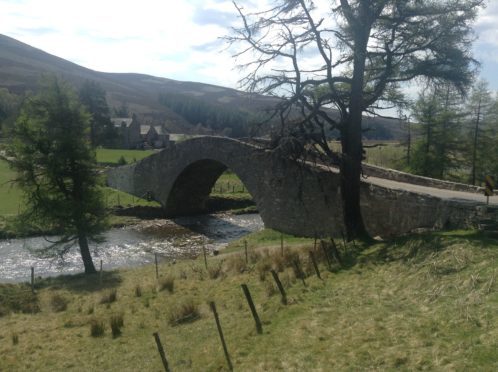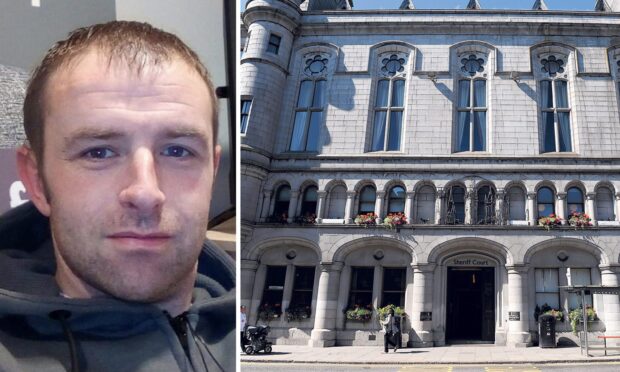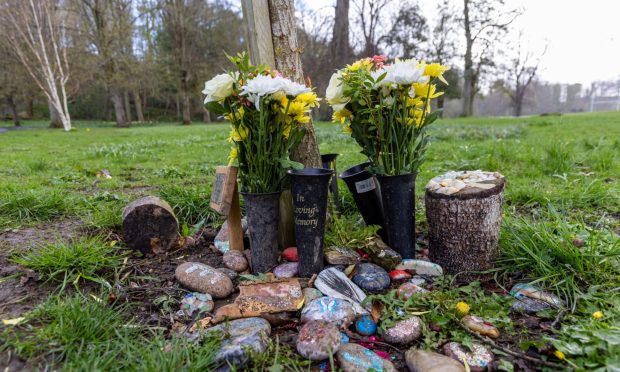A long-awaited replacement for a crumbling 18th century bridge linking Moray and Aberdeenshire has been recommended for approval.
Gairnshiel Bridge, first built in 1749 for horses and those on foot, has been shut to traffic repeatedly over the years due to structural defects and collisions.
Whenever the crossing is closed, the quickest route from Ballater and Braemar to Tomintoul by travelling along the A939 Old Military Road is made inaccessible.
This has resulted in very lengthy diversions for travellers going between Aberdeenshire and Moray via Strathdon instead.
Due to the sensitive nature of repairs on the protected structure, work can often take lengthy periods of time.
Aberdeenshire Council has now finalised plans to build a new 100-ft bridge to the east of the existing structure – as well as new roads in the area – in order to preserve the category A-listed hump-backed bridge.
Members have been urged to approve construction of the new project next week at a meeting of the Cairngorms National Park Authority’s (CNPA) planning committee.
A report from Aberdeenshire Council explained why it believes the existing 18th-century crossing is unsuitable for current needs.
It said: “The bridge was built around 1749 for foot traffic, horses and carriages.
“In the intervening quarter-millennium the volume, speed and weight of traffic has increased dramatically.
“The geometry of the bridge, its hump-back elevation, narrow width and tight approach creates difficulties for many vehicles, resulting in regular bridge strikes causing significant damage, leading to structural issues.
“Despite the implementation of an 18-tonne weight restriction in 2018, these issues remain a constant.
“The weight limit at the bridge has impacted on tourism, as many coaches are now unable to use this route.”
The proposed new development has been designed to prevent the “new structure from appearing too prominent when viewed in connection to the historic structure”.
The new road will completely bypass the existing crossing, and the 1749 bridge will be retained for “non-motorised users only”.
In its conclusion, a report for the CNPA committee recommended the new bridge and associated infrastructure be built, subject to conditions.
The report said: “The proposed new bridge and configuration to the east of the existing bridge is considered to be an appropriate high-quality, low-key design, using materials to complement the existing bridge and surrounding landscape.”
The CNPA planning committee will make its decision next week.










